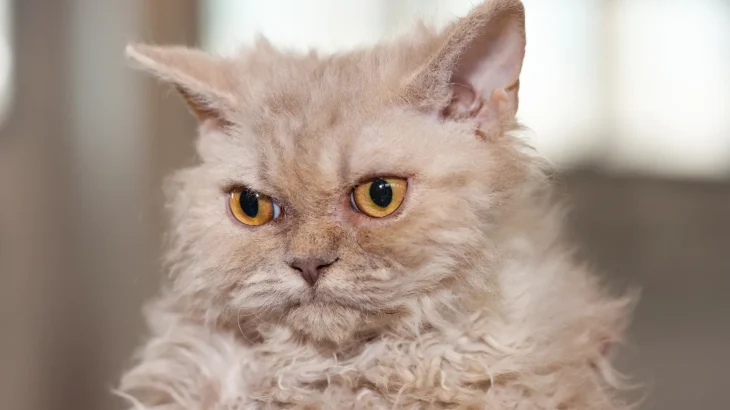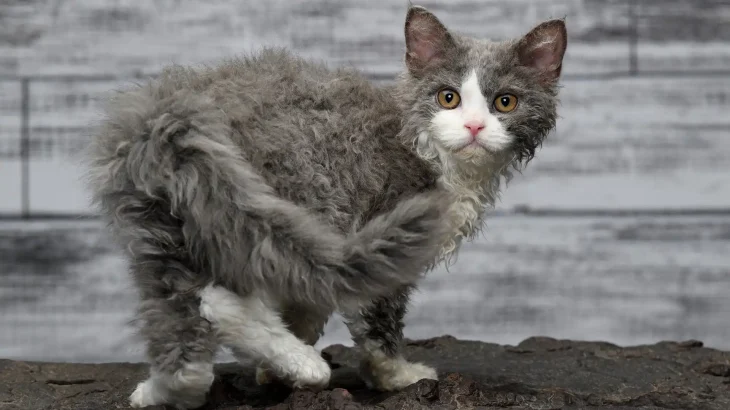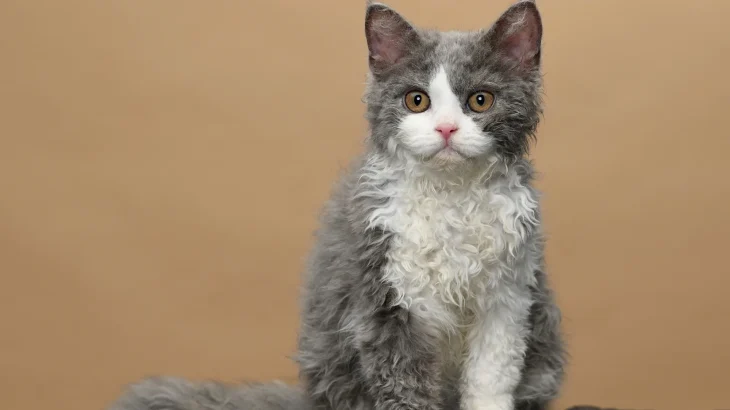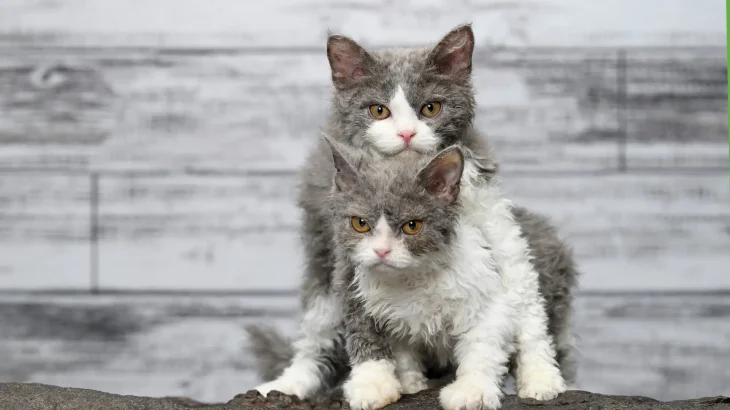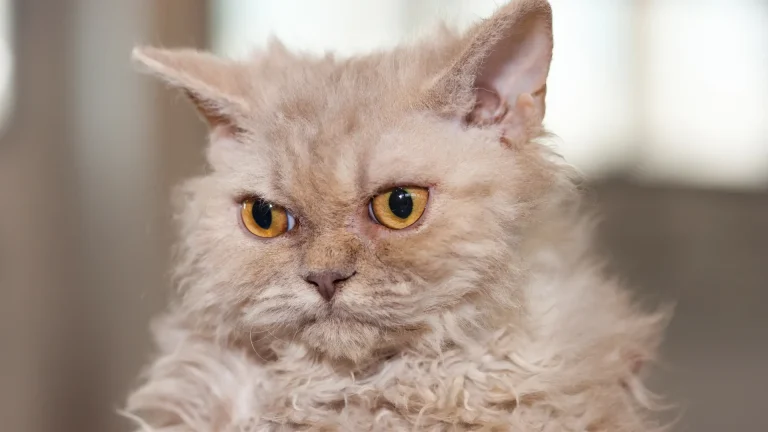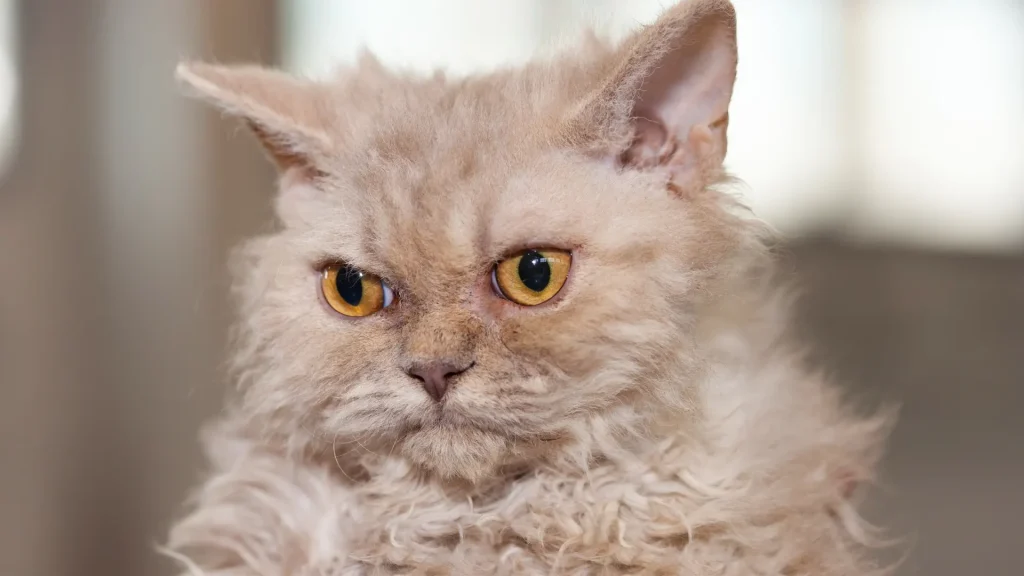When deciding whether to add a Selkirk Rex kitten to your home, you might weigh the choice between adopting and buying from a breeder. Purchasing from a breeder generally means having access to detailed lineage and health information, while adopting often offers a chance to provide a loving home to a cat in need, sometimes without complete background details.
Adoption vs. Breeder: Pros & Cons
| Criteria | Buying from Breeder | Adopting from Shelter/Rescue |
|---|---|---|
| Cost | Usually higher, reflecting pedigree and breeder expenses. | Lower adoption fees, covering basic care. |
| Health History | Comprehensive health records and genetic info. | Health history may be limited; standard screenings done. |
| Age Availability | Mostly kittens, good for early bonding. | Wider age range, kittens to adults. |
| Temperament Insight | Breeders offer insights from bloodlines. | Shelter staff may know behavior but no lineage context. |
| Supporting Practices | Supports responsible breeding if chosen carefully. | Helps animal welfare by rescuing cats in need. |
| Breed Purity & Pedigree | Guaranteed pedigree and breed traits. | Purity may be uncertain or mixed. |

